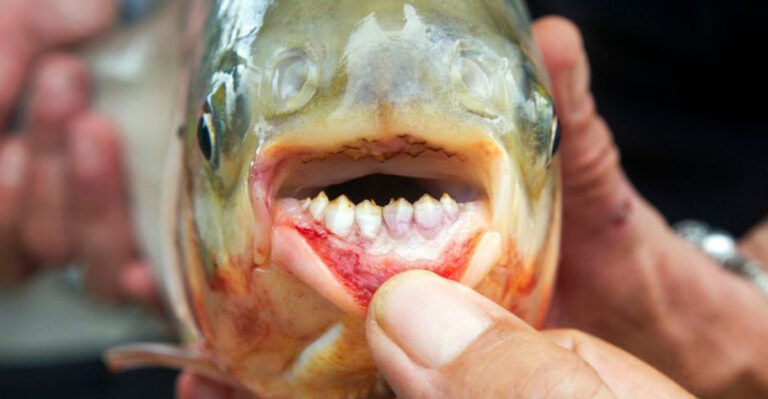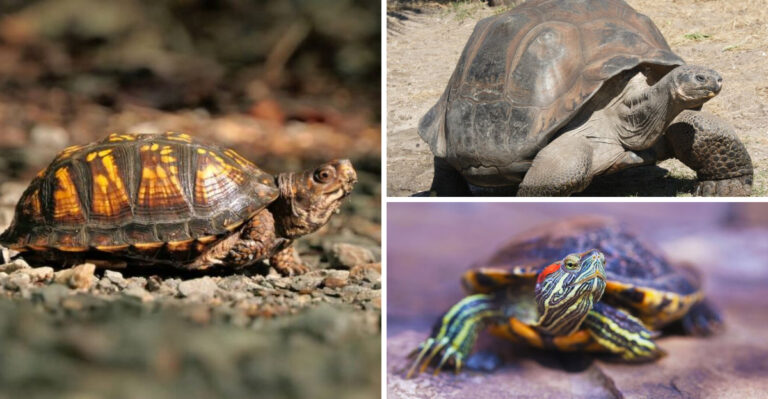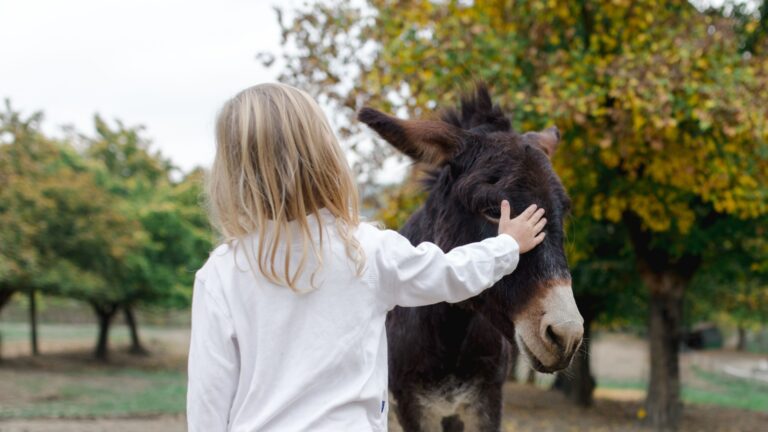13 Local Animals That Could Put Your Cat At Risk
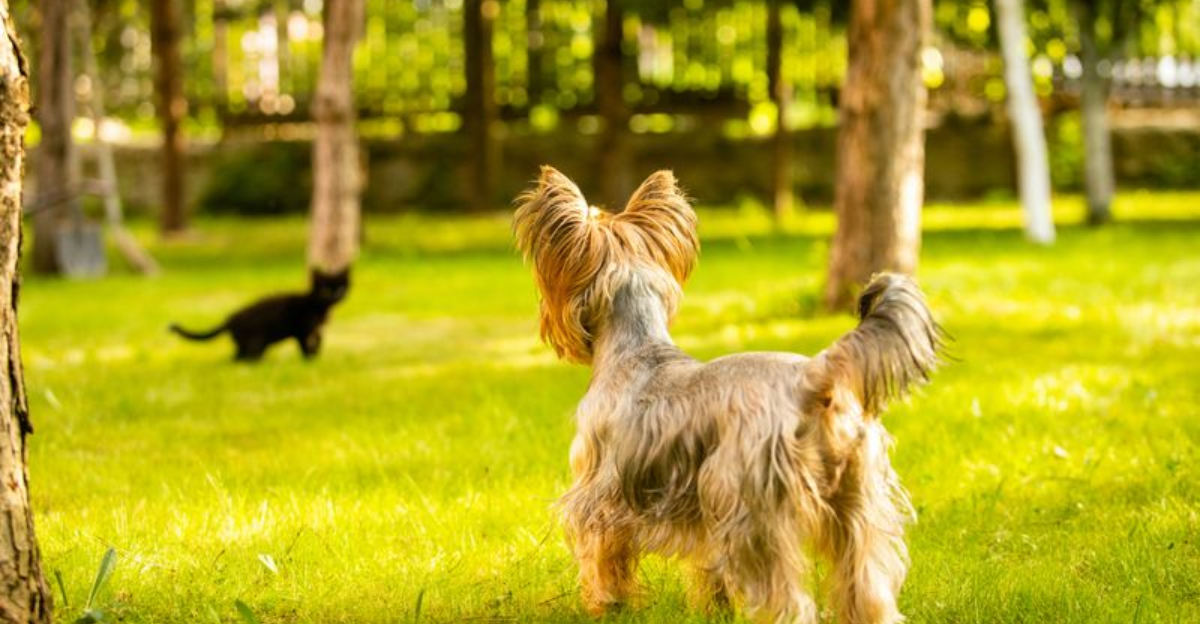
Letting your cat roam outdoors comes with hidden dangers many pet owners overlook. Wild and domestic animals in your neighborhood might view your feline friend as prey, competition, or a threat.
Understanding which local creatures pose risks to your cat can help you take smart precautions to keep your beloved pet safe and healthy.
1. Coyotes: Silent Night Hunters
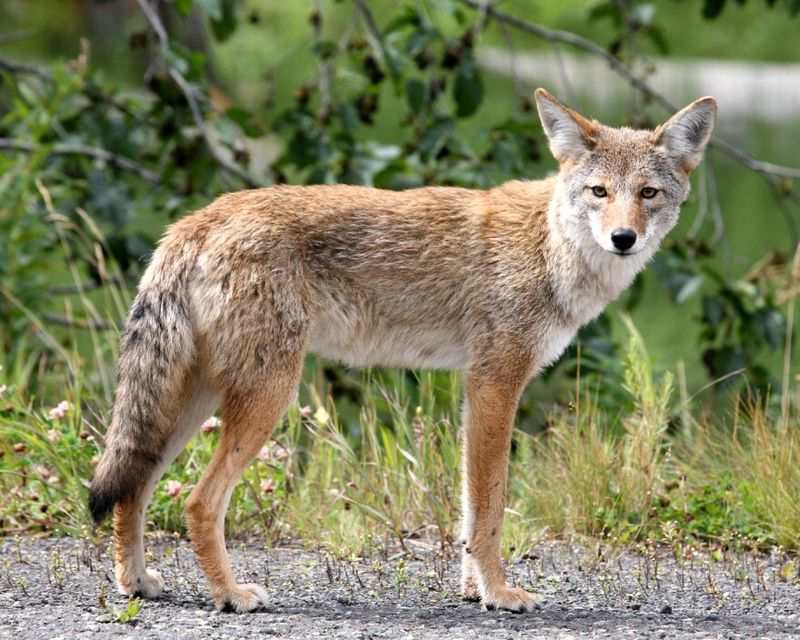
Coyotes have adapted remarkably well to urban environments, making them one of the biggest threats to outdoor cats. These opportunistic predators are most active at dawn and dusk.
A single coyote can easily overpower a house cat, and they’re known to venture into residential areas when food is scarce. Keep your cats indoors from sunset to sunrise to minimize encounters with these clever predators.
2. Hawks and Owls: Threats From Above
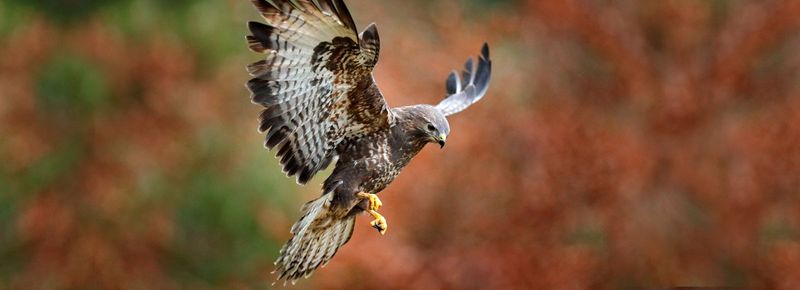
Your cat might be watching birds, but sometimes the birds are watching your cat. Large raptors like red-tailed hawks and great horned owls view small pets as potential meals.
These skilled hunters can swoop down silently and carry off cats weighing up to 5 pounds. Even larger cats can suffer serious injuries from talons. Consider creating sheltered outdoor spaces if your cat needs fresh air.
3. Raccoons: Masked Aggressors
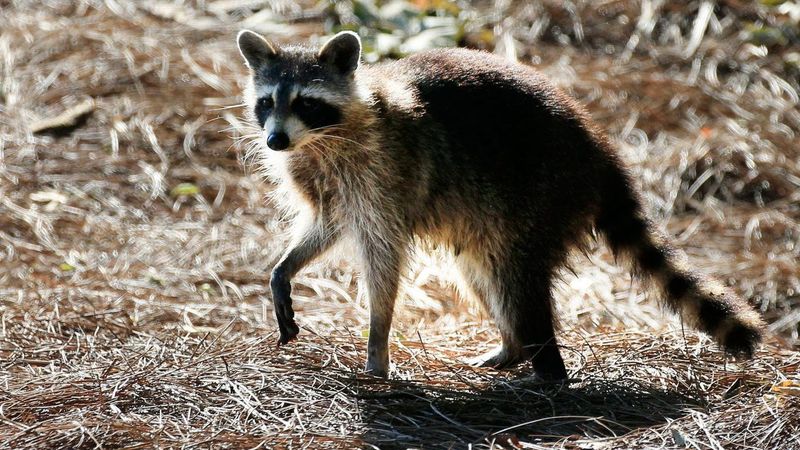
Don’t be fooled by their cute appearance! Raccoons can be surprisingly aggressive toward cats, especially when competing for food sources or territory.
With sharp claws and powerful jaws, these nocturnal creatures can seriously injure even large cats. Raccoons also carry parasites and diseases like rabies. Secure garbage cans and never leave pet food outside overnight to reduce raccoon visits.
4. Snakes: Slithering Dangers

Curious cats often investigate snakes, putting them at risk for venomous bites. Depending on your location, rattlesnakes, copperheads, or water moccasins might live nearby.
Even non-venomous snakes can strike defensively if cornered by your cat. Snake bites require immediate veterinary attention, as venom can cause tissue damage, pain, and even death. Keep yards tidy to reduce snake-friendly hiding spots.
5. Aggressive Dogs: The Neighborhood Menace

Not all threats to your cat come from wildlife. Loose or poorly supervised dogs represent one of the most common dangers to outdoor cats.
Even friendly dogs with strong prey drives may chase and injure cats they encounter. Some breeds are particularly prone to this behavior. Talk to neighbors about keeping their dogs leashed and consider cat-proof fencing if neighborhood dogs roam freely.
6. Skunks: Stinky Encounters
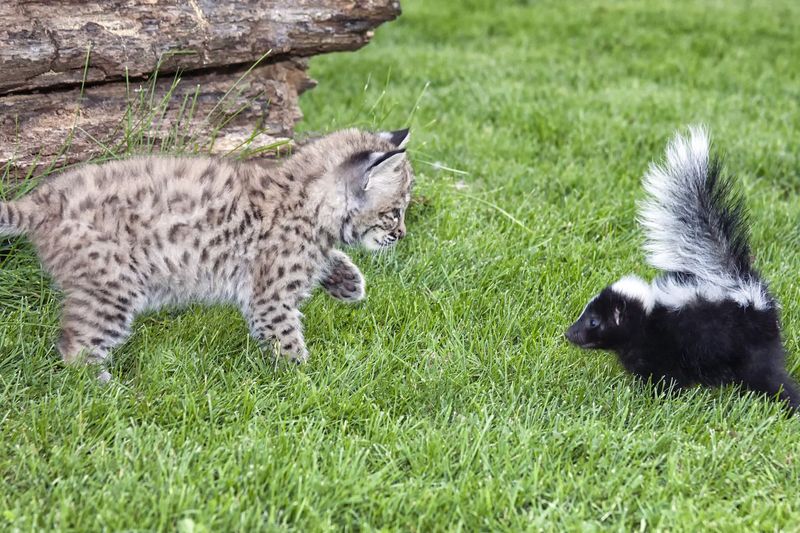
Beyond their notorious spray, skunks present several hazards to curious cats. These nocturnal animals will defend themselves aggressively when startled or cornered.
Skunks can inflict painful bites and scratches. They frequently carry rabies in many regions. If your cat returns home smelling terrible, check for injuries before attempting to remove the odor, and contact your vet for rabies concerns.
7. Fisher Cats: Fierce Forest Predators
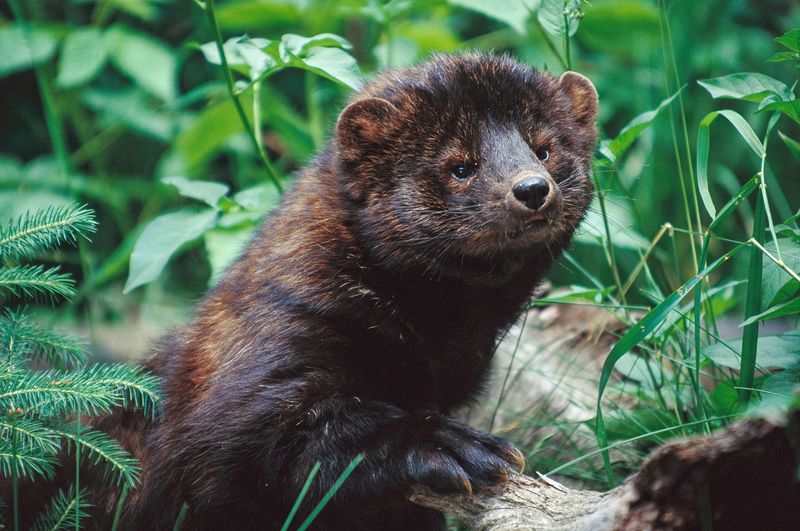
Fisher cats aren’t actually cats but members of the weasel family. These agile predators have expanded into suburban areas in recent years, bringing new risks for outdoor pets.
With exceptional climbing abilities and fierce hunting skills, fishers can pursue cats into trees or other hiding spots. Their presence is often marked by distinctive screaming calls at night. Motion-activated lights and noise deterrents may help keep them away.
8. Bobcats: Wild Feline Rivals
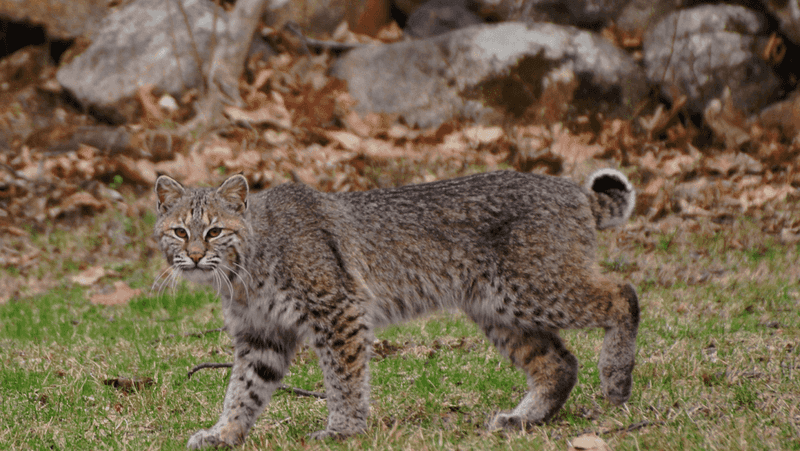
These wild felines view domestic cats as both competition and potential prey. Though typically shy around humans, bobcats grow bolder during food shortages or when raising young.
Weighing up to three times more than house cats, bobcats easily overpower their domestic cousins. They’re most active at dawn and dusk. Supervise outdoor time if bobcats have been spotted in your area.
9. Crows and Ravens: Feathered Bullies
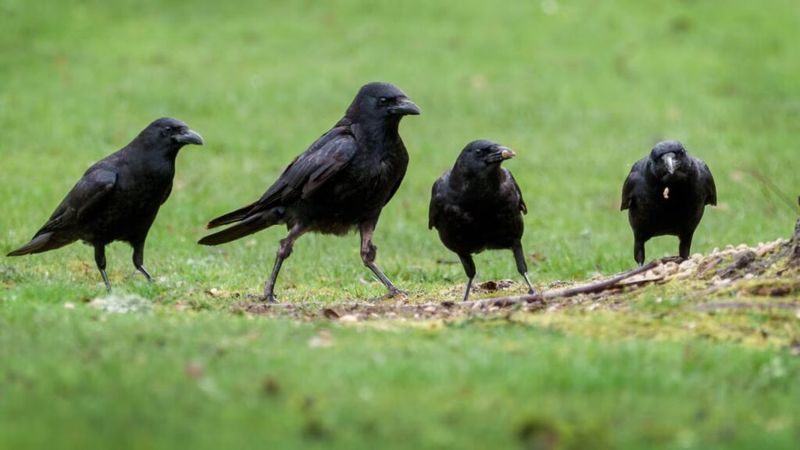
Surprisingly, groups of crows or ravens can harass and injure cats. These intelligent birds remember cats that have stalked them and organize group attacks as revenge.
While rarely fatal, their sharp beaks can cause eye injuries and painful wounds. Corvids are particularly aggressive during nesting season when protecting their young. Providing escape routes like cat doors can help your pet retreat from persistent aerial mobbing.
10. Poisonous Toads: Toxic Encounters
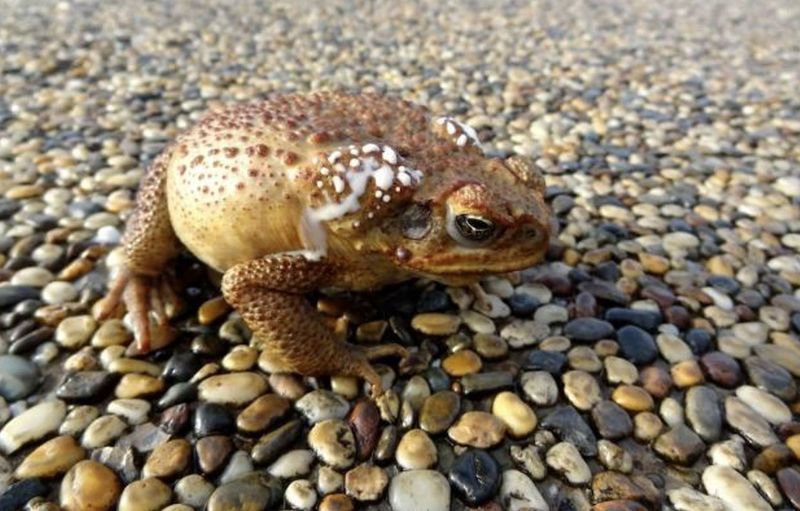
Certain toad species secrete powerful toxins that can harm curious cats who bite or lick them. Cane toads and Colorado River toads are particularly dangerous, causing drooling, seizures, and even death.
Cats often bat at or mouth these interesting hopping creatures, exposing themselves to the toxins. Check your yard regularly for toads during warm, wet weather. If you spot your cat with a toad, rinse its mouth immediately and seek emergency care.
11. Opossums: Deceptively Dangerous
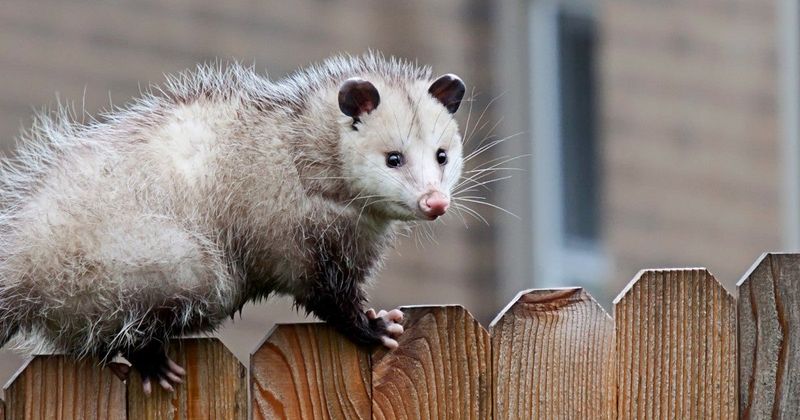
Many people think opossums are harmless, but they can seriously injure cats during territorial disputes. When threatened, opossums display impressive rows of sharp teeth and won’t hesitate to use them.
These nocturnal marsupials frequently carry fleas, ticks, and other parasites that can transfer to your pet. They’re attracted to pet food left outdoors, so feeding your cat inside reduces the chance of confrontations.
12. Feral Cat Colonies: Unfriendly Felines
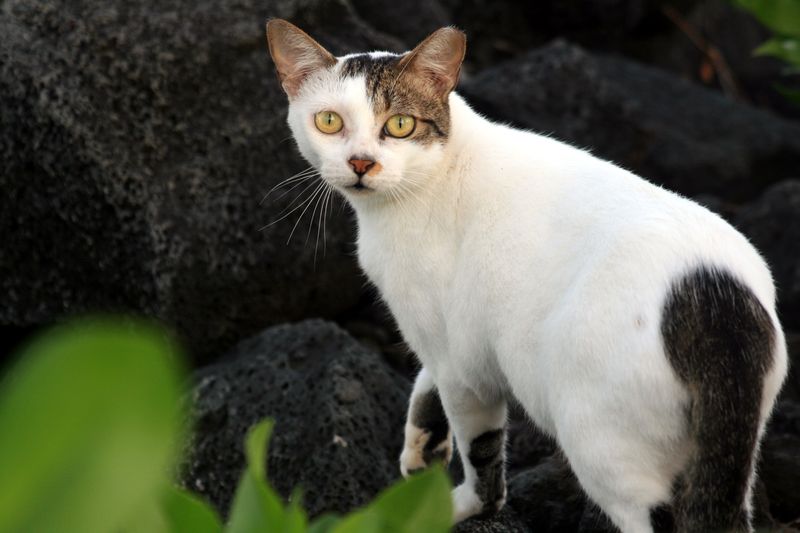
Wild cat communities present multiple dangers to your pet cat. Beyond territorial fights that cause injuries, feral cats spread serious diseases like FIV, FeLV, and various parasites.
Male cats are particularly vulnerable to these confrontations. Unaltered cats may be drawn to feral colonies for mating, increasing their risk. Spaying or neutering your cat reduces roaming tendencies and their attraction to feral groups.
13. Foxes: Cunning Competitors
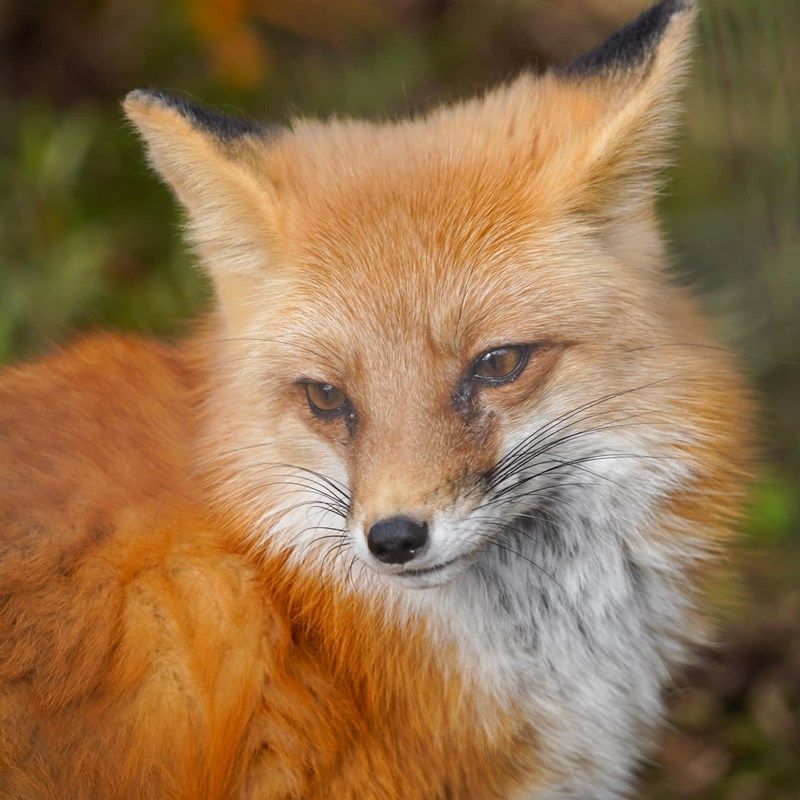
Though smaller than coyotes, foxes pose similar risks to cats, especially kittens. These adaptable animals frequently visit backyards in search of food.
Foxes typically avoid confrontation with adult cats but will attack if cornered or protecting their young. They also carry diseases transmissible to pets. Motion-activated lights can deter nighttime fox visitors while protecting your feline companion.

